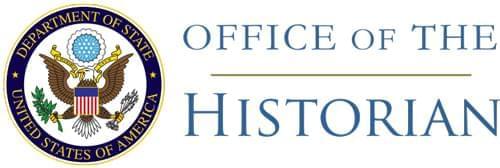[Enclosure]
4
U.S. GOLD RESERVES AND FOREIGN LIQUID DOLLAR HOLDINGS
Washington, October 4,
1957.
At the end of 1956 the total gold stock of the United States amounted to
$22 billion. The legally required gold reserves for the Federal Reserve
notes and deposits then outstanding amounted to $12 billion. This left
$10 billion of free gold as compared with $161/2 billion of foreign
liquid dollar holdings.
In the seven years from end-1949 to end-1956 there had been a steady
decline in the excess of our gold holdings over reserve requirements
plus foreign dollar holdings. This resulted from a combination of
factors. The gold stock of the U.S. fell by $21/2 billion—i.e., from
$241/2 billion to $22 billion. The growth in our monetary supply over
the same period resulted in an increase of nearly $11/2 billion in
required gold reserves. Thus, free gold reserves declined from nearly
$14 billion at the end of 1949 to $10 billion at the end of 1956.
[Page 327]
The most striking change over this seven-year period was the doubling of
foreign liquid dollar holdings from more than $8 billion to nearly
$161/2 billion. At the end of 1956, foreign liquid dollar holdings
exceeded the free gold reserves by $61/2 billion, whereas at the end of
1949 free gold reserves had exceeded foreign liquid dollar holdings by
$51/2 billion.
U.S. balance-of-payments data show that the total gold and dollar gain by
foreigners from transactions with the United States during this same
seven-year period, counting their long-term investments in the U.S.
private sector as well as their net gains of gold and liquid dollars,
has amounted to $121/2 billion. The outflow of dollar funds from the
United States, which made possible this foreign accumulation of dollar
assets in addition to the purchase of $129 billion of U.S. goods and
services by foreigners, included the following major components:
- $981/2 billion from American purchases of foreign goods and
services, exclusive of U.S. military expenditures abroad;
- $171/2 billion from net U.S. Government grants and net
movement of U.S. Government loans and short-term capital;
- $141/2 billion from U.S. military expenditures abroad,
including offshore procurement;
- $10 billion from the net outflow of private U.S.
capital.
Since the fall of 1956 there has been a definite pause in the persistent
accumulation of dollars by foreigners which until then had prevailed
since 1949. For the six months October 1956–March 1957 U.S.
balance-of-payments data show a total gold and dollar loss by foreigners
from transactions with us amounting to more than $500 million, compared
with a foreign gain of more than $800 million during the same six-month
period a year earlier. The April–June quarter of 1957 brought a foreign
gain of nearly $200 million in gold and total dollars again, but this is
small compared with earlier trends and the data on foreign liquid dollar
holdings so far available indicate that the July–September quarter will
probably show a further foreign loss of liquid dollars. These
developments have of course reflected the Suez crisis plus unusual
losses by a few major countries with special balance-of-payments
difficulties. It remains to be seen whether or not they also reflect
some more lasting modification of previous trends.
Although the liquid dollar holdings of foreigners do not constitute a
specific claim on our gold reserves and we have no legal obligation to
convert them into gold, it has for many years been our policy to do so
upon request from foreign governments and central banks. As long as we
are not prepared to set up an extensive system of controls over foreign
transactions by American firms and individuals, this policy is necessary
to maintain a stable international value
[Page 328]
for the dollar. Abandonment of this policy would
have such widespread and unstabilizing effects that as a practical
matter it could only be considered under most unusual circumstances.
